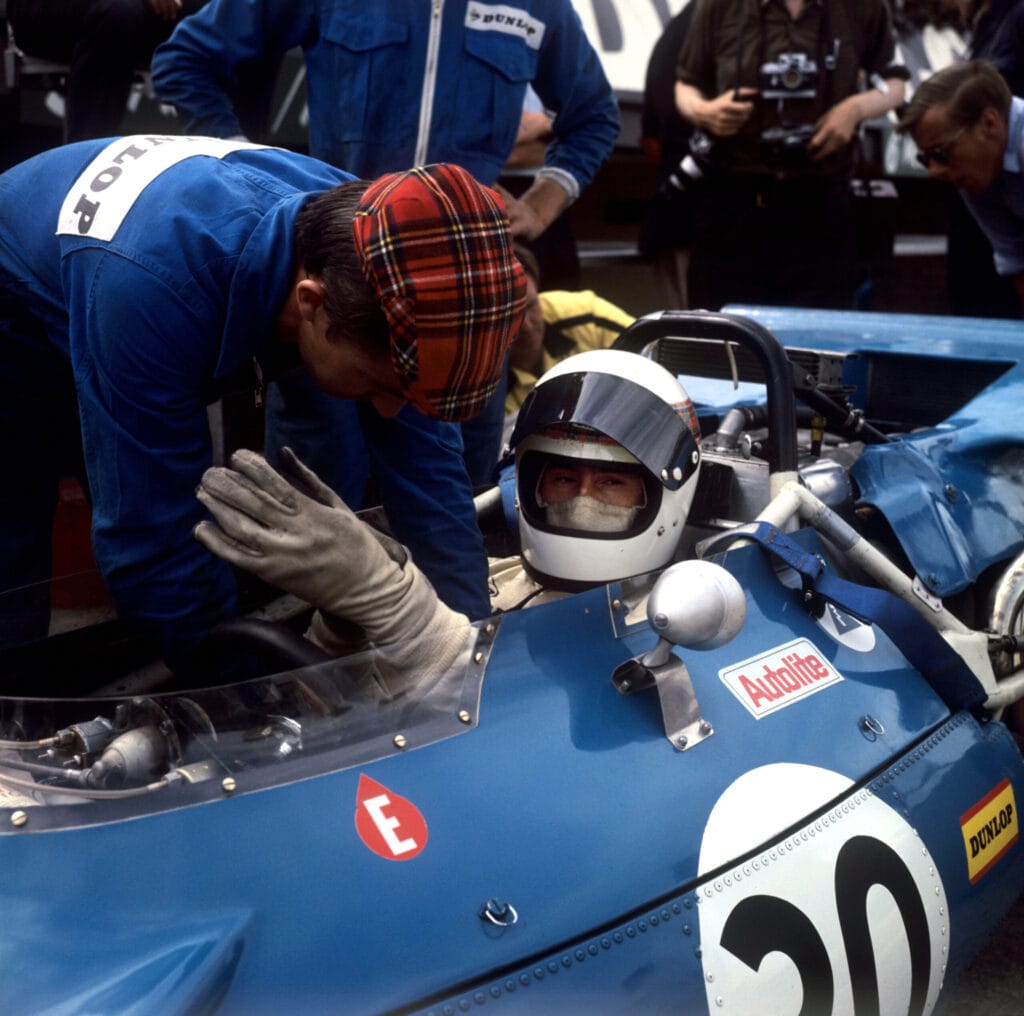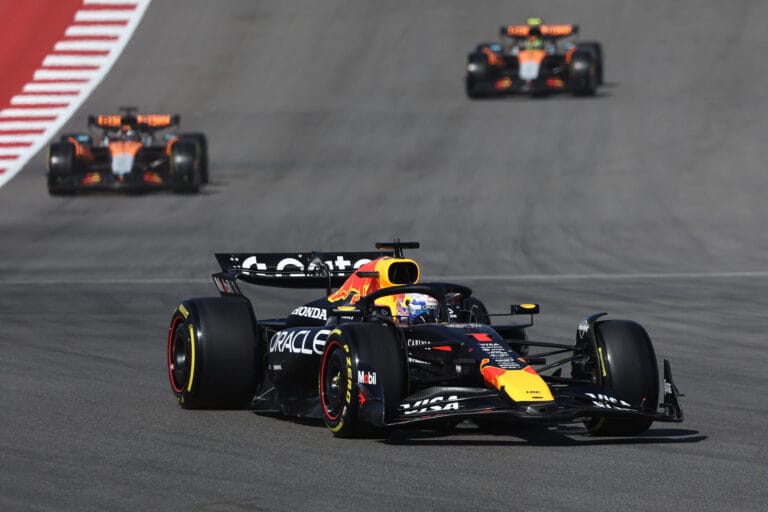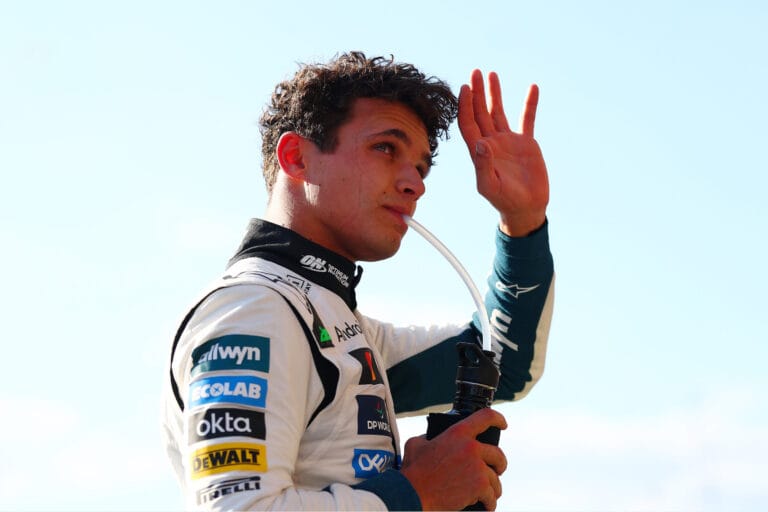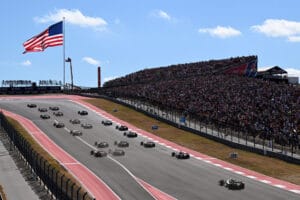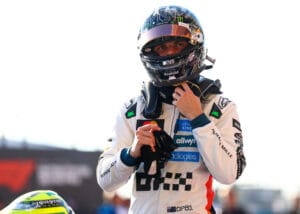In the Roaring Sixties, British drivers seize power in Formula 1 with six world titles, spread across four drivers. These are tough men with diverse characters, but with one common denominator: their boundless passion for motorsport. Today, we present a portrait of Jackie Stewart.
In the 1960s, the British national anthem is increasingly heard after a Grand Prix. For a long time, Alfa, Ferrari, and Maserati have dominated Formula 1, but more and more British constructors are starting to build faster racing cars. Cooper, Aston Martin, BRM, Lotus. From Down Under, Brabham and McLaren join the ranks.
‘Garagistes,’ scoffs Ferrari. Tinkerers who don’t even build their own engines. Yet, he has to watch as they gradually take over power, with British drivers behind the wheel. Six times a British driver becomes the Formula 1 world champion in the Sixties. But it is also a dangerous time…
Jackie Stewart, the Fifth Beatle
To avoid scaring his mother, Jackie Stewart, born in 1939, starts racing under a pseudonym: A.N. Other. Team manager Ken Tyrrell immediately recognizes his talent. But Tyrrell doesn’t have a Formula 1 team, so Stewart signs with BRM in 1965. And he wins the Italian Grand Prix in his rookie year after a thrilling slipstream duel with his teammate Hill. A new generation is emerging. When Clark leads that season, only Stewart can somewhat keep up; they are referred to as Batman and Robin in the press.”After a crash at Spa in 1966, Stewart suddenly sees Formula 1 in a different light. During the downpour in the opening phase, Stewart slides off the track in the Masta chicane. As the wreckage fills with gasoline, his teammates Hill and Bob Bondurant manage to free him from the crumpled car using tools borrowed from bystanders. Stewart then has to wait for an ambulance in the “medical center” on a stretcher amidst beer bottles and cigarette butts, which gets lost on the way to the hospital. Formula 1, Stewart realizes, must quickly become safer, more professional.
1968 is also a year of revolution for Formula 1. Sponsors from outside the automotive world are allowed (the tobacco industry is immediately present) and Formula 1 introduces the so-called ‘stabilization wing’ – sixty years later, wings are still a crucial element on the car. With three-liter power, wider tires, and huge wings, Formula 1 cars suddenly become much faster and more dangerous.
Advocating for Safety
Circuits, drivers, and equipment are not prepared for this. Crashes begin to resemble plane accidents. After the death of his mentor Clark and three more fatal racing accidents in the following months, Stewart begins to advocate more and more for safety on the circuits. Organizers are not happy about it, but through the growing mass media, Stewart manages to reach an increasingly larger audience. On television, he always has a well-thought-out talk ready, supported by his comedic sidekick Hill. In 1969, Stewart becomes champion by a landslide.
In a Matra-Ford, run by Tyrrell, he wins five of the first six Grands Prix. Chapman experiments with increasingly larger wings, until they break in Spain and both Hill and Lando Norris crash heavily. The FIA initially bans all wings, but the genie is out of the bottle. The aerodynamic era begins. Stewart understands that Formula 1 is becoming more and more of a media event. In Monaco, he has invited the Beatles to the pits. A year later, the Beatles break up, Chapman introduces the wedge shape with the Lotus 72, and Ken Tyrrell starts his own team with his own car, in which Stewart becomes world champion twice more. The seventies have begun.
“


